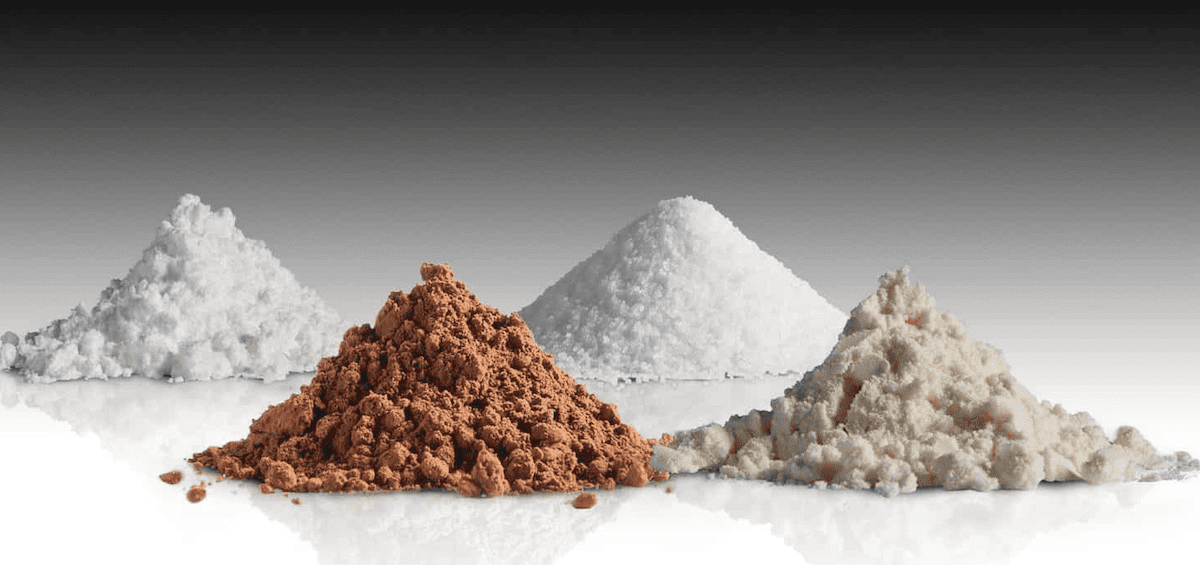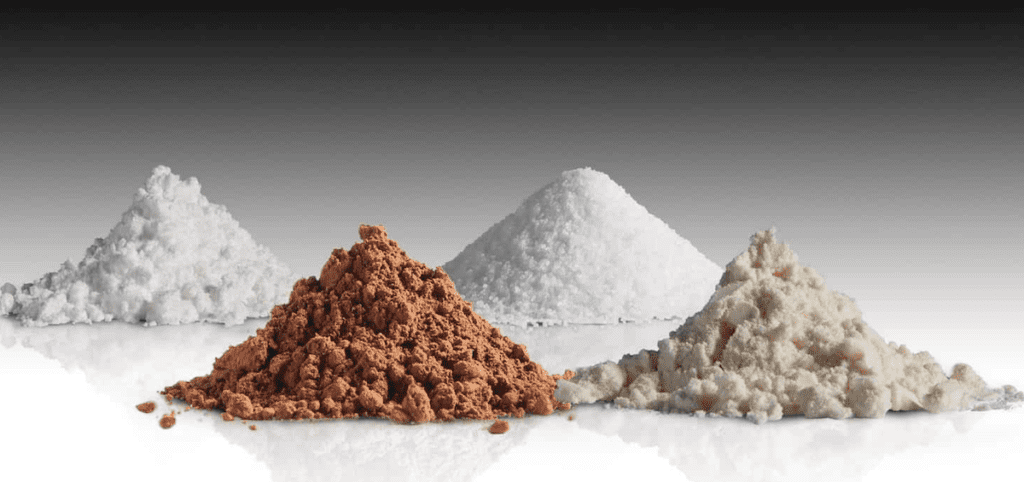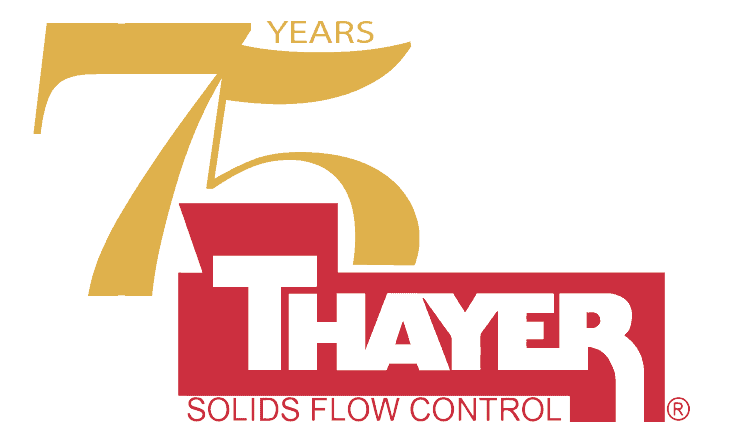
The processing of powders and granules, also called bulk solids technology, is of great importance for various branches of industry, such as the chemical, pharmaceutical, coating, food and feed industry. Depending on the sector, the degree of solids involved can vary from 30-80% of the total product flow. In each of these processes the physical properties (such as cohesiveness, particle size distribution, compressibility, density, etc.) of powders and granular material will greatly affect the quality of the product and the flow properties of powders.
Especially in the latter case, powders differ greatly from liquids and gases. Powder particles and granules can also experience wear during production, storage and (pneumatic) transport. The forces encountered can be divided into impact forces, compressive forces and abrasive forces. Impact and compressive forces can break powder particles and granules whereas abrasive forces can cause fines and dust, and this is often an undesired phenomenon.
The processing of powders and granules is still mainly an empirical routine, although the theoretical and practical knowledge on this subject is increasing rapidly. Also more and more techniques become available to mimic the behavior in powder processes on a laboratory scale.
This course examines various techniques to characterize and approaches to test bulk powder behavior. The “flow ability” and “flood ability” of bulk powders are essential in powder storage. Bulk crushing strength but also the tensile strength of individual pellets, granules, and tablets are key in physical transport, as well as the wear and tear (attrition, abrasion) that powder particles and granules can experience. As a result of the latter, the tendency to produce dust (dustiness) can be a point of concern as it impacts on product quality and process conditions, but it can also be relevant for health, safety and environment. Not only when mixing but also during subsequent unit operation as conveying, dosing or storage, demixing (segregation) of powder blends can occur and this should be carefully considered.
This course teaches you how to make the connection between powder properties and physical properties (e.g. particle size with powder flow and compaction) on the one hand and the modeled background of these properties on the other. You will learn how powder flow can be determined and how to change powder properties, so that the performance can be adjusted in applications.
For whom?
You are a process engineer, mechanical engineer, food technologist or chemist with a bachelor or academic background and you are working in an industry where solids are processed or manufactured (powders, granules, etc.). Also as operator, analyst, or otherwise interested in these topics, one can greatly benefit from this course.
Date
22 Nov 2023 - 23 Nov 2023
Location
Delft Solids Solutions





































